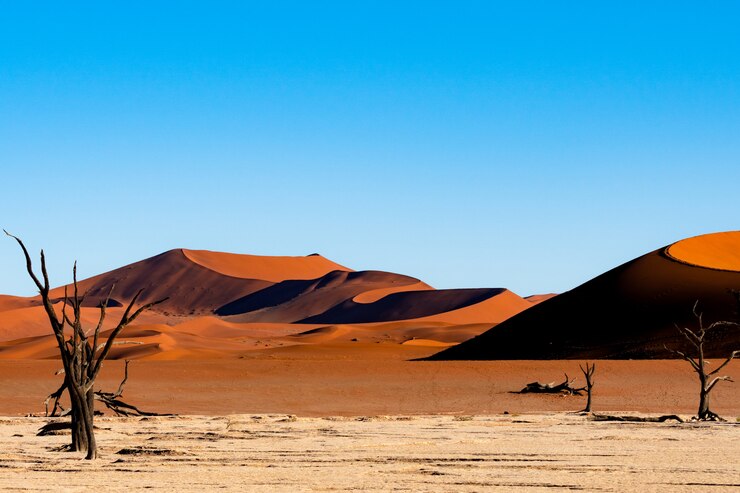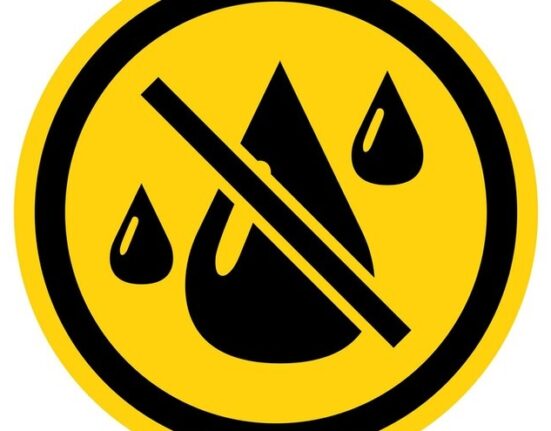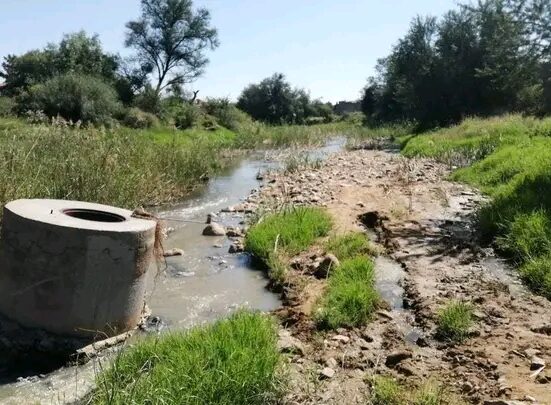The Namib Desert—a vast and ancient landscape stretching across Namibia’s western border—holds a powerful place not only in the country’s natural heritage but also in its historical journey. As one of the oldest deserts in the world, estimated to be around 55 million years old, the Namib has withstood the test of time, witnessing significant geological, cultural, and historical transformations. From prehistoric human settlements to colonial struggles and modern conservation efforts, the Namib Desert is an integral part of Namibia’s identity. This article explores the profound historical significance of the Namib Desert and its role in shaping Namibia as a nation.
1. The Ancient Landscape: The Formation of the Namib Desert
The Namib Desert is located along Namibia’s western coast, stretching over 1,000 kilometers (620 miles) from the Angolan border in the north to the South African border in the south. It is a desert of contrasts, marked by towering sand dunes, rugged mountains, and coastal plains. The region is predominantly dry, with extreme temperature fluctuations, where daytime highs can reach up to 50°C (122°F) in the summer, and at night, temperatures can drop dramatically.
The desert is believed to have formed around 55 million years ago due to the interplay of climatic and geological forces. Over time, wind and erosion have created its iconic features, including some of the world’s tallest sand dunes, which can rise to heights of over 300 meters (1,000 feet). This desert landscape, shaped by time, has been a silent witness to much of Namibia’s history, from the earliest human settlements to colonial conquest.
2. Early Human Inhabitants: The Namib as a Home and a Resource
Evidence suggests that the Namib Desert has been inhabited for thousands of years. The San people (also known as Bushmen) are the most well-known early inhabitants of Namibia and were among the first to live in the arid environment of the Namib Desert. Their remarkable adaptation to desert life has long been a subject of study, as they utilized the desert’s resources for survival, using intricate knowledge of plant and animal life to source food and water in one of the world’s most inhospitable places.
Rock engravings and paintings found in places such as Twyfelfontein and Brandberg Mountain—both located in and around the Namib Desert—stand as testament to the San people’s presence in the region. These artistic expressions are among the oldest in Africa and offer a glimpse into the spiritual and cultural beliefs of these early desert dwellers.
Later, other groups, including the Khoikhoi and Bantu-speaking peoples, would also settle in the desert region. As time passed, these communities began to interact with and influence one another, contributing to Namibia’s rich and diverse cultural heritage.
3. The Role of the Namib in Colonial History
The Namib Desert’s significance deepened during the colonial era, particularly during German colonization in the late 19th and early 20th centuries. After the Berlin Conference of 1884, where European powers carved up Africa, Namibia became a German colony known as German South West Africa. The Namib Desert played an important role in this period of Namibia’s history.
The harsh conditions of the desert made it a formidable barrier to the colonial expansion of the German empire, which faced resistance from indigenous groups such as the Herero and Nama. However, German colonialists attempted to establish settlements in the desert’s coastal region, particularly in places like Swakopmund and Walvis Bay. The Germans exploited the desert’s resources, including guano (bird droppings), diamonds, and salt, while marginalizing the indigenous populations.
The desert’s desolate, vast expanses became the site of brutal German reprisals during the Herero and Nama genocide (1904–1907). When the Herero and Nama people rebelled against German rule, the desert became a deadly arena where German forces drove thousands of indigenous people into its unforgiving landscape. Many of them perished in the desert’s scorching heat and barren terrain. The Namib Desert, in this sense, became a grim symbol of colonial violence and human suffering.
4. The Desert During the Struggle for Independence
The Namib Desert’s role in Namibia’s fight for independence during the 20th century was significant, especially during the struggle against South African apartheid and the long-standing colonial occupation. The desert itself, with its vast, isolated stretches, played a role in the guerrilla warfare carried out by resistance groups like SWAPO (South West Africa People’s Organization), which fought for independence from both German and South African colonial rule.
The desert’s harsh environment made it difficult for occupying forces to maintain control, and the Namibian liberation movement often used the desert’s rugged terrain to their advantage. The resistance fighters operated in the remote regions, using the desert as a means of concealment, shelter, and strategic advantage. As Namibia fought for freedom, the Namib Desert once again became a silent observer of the nation’s struggle for sovereignty and independence.
In 1990, Namibia achieved independence after years of conflict, and the desert had witnessed the transition from a colony under foreign rule to a sovereign state. The Namib Desert was no longer just a witness to human strife—it was now a backdrop to the birth of a new nation.
5. The Namib Desert Today: A Symbol of Environmental Preservation
In modern times, the Namib Desert has evolved into a symbol of both natural beauty and environmental preservation. The region’s stunning sand dunes, unique wildlife, and breathtaking landscapes have made it one of the world’s top tourist destinations. The Sossusvlei dunes, located in the southern part of the desert, attract thousands of visitors each year who come to witness the towering dunes and the mystical landscapes of dead trees in Deadvlei.
The Namib Desert is also a crucial ecological area, home to some of the most resilient species on the planet. Despite the extreme conditions, animals like the desert-adapted elephant, springbok, and oryx thrive in the desert’s ecosystem, demonstrating the remarkable resilience of life. The desert’s flora and fauna are carefully studied by environmental scientists and conservationists to better understand how life adapts to extreme environments.
The Namib-Naukluft National Park, which encompasses much of the desert, is a key conservation area that ensures the protection of the region’s biodiversity. Efforts to preserve the desert’s fragile ecosystem are essential to the country’s long-term sustainability and its position as a global leader in conservation.
6. The Namib Desert as a Cultural and National Symbol
Today, the Namib Desert holds a deep cultural significance for the people of Namibia. It represents resilience, survival, and adaptation, as well as a connection to the ancient past. The desert is an integral part of the Namibian identity, and its image is frequently used in national symbols, branding, and art to represent the country’s strength, beauty, and endurance.
The desert is also a symbol of Namibia’s commitment to peace, freedom, and democratic values following its independence. It stands as a reminder of the hardships that the Namibian people endured to achieve sovereignty, as well as a testament to the country’s enduring connection to the past, the present, and the future.
The Namib Desert is not just a natural wonder of breathtaking beauty; it is a silent witness to the history, culture, and resilience of Namibia and its people. From its ancient origins, through the struggles of colonialism, independence, and the modern era, the desert has stood as a powerful symbol of endurance and strength. It has witnessed the rise of kingdoms, the exploitation of its resources, the fight for freedom, and the ongoing efforts to preserve the delicate balance of life within it.
As Namibia continues to grow and evolve, the Namib Desert will undoubtedly remain an essential part of its identity—a symbol of its past struggles and its bright future, as well as a reminder of the harsh, yet awe-inspiring beauty of the natural world.













